The secrets to keeping supermarket herbs alive, according to gardening experts
Beat the supermarket curse and help your herbs thrive
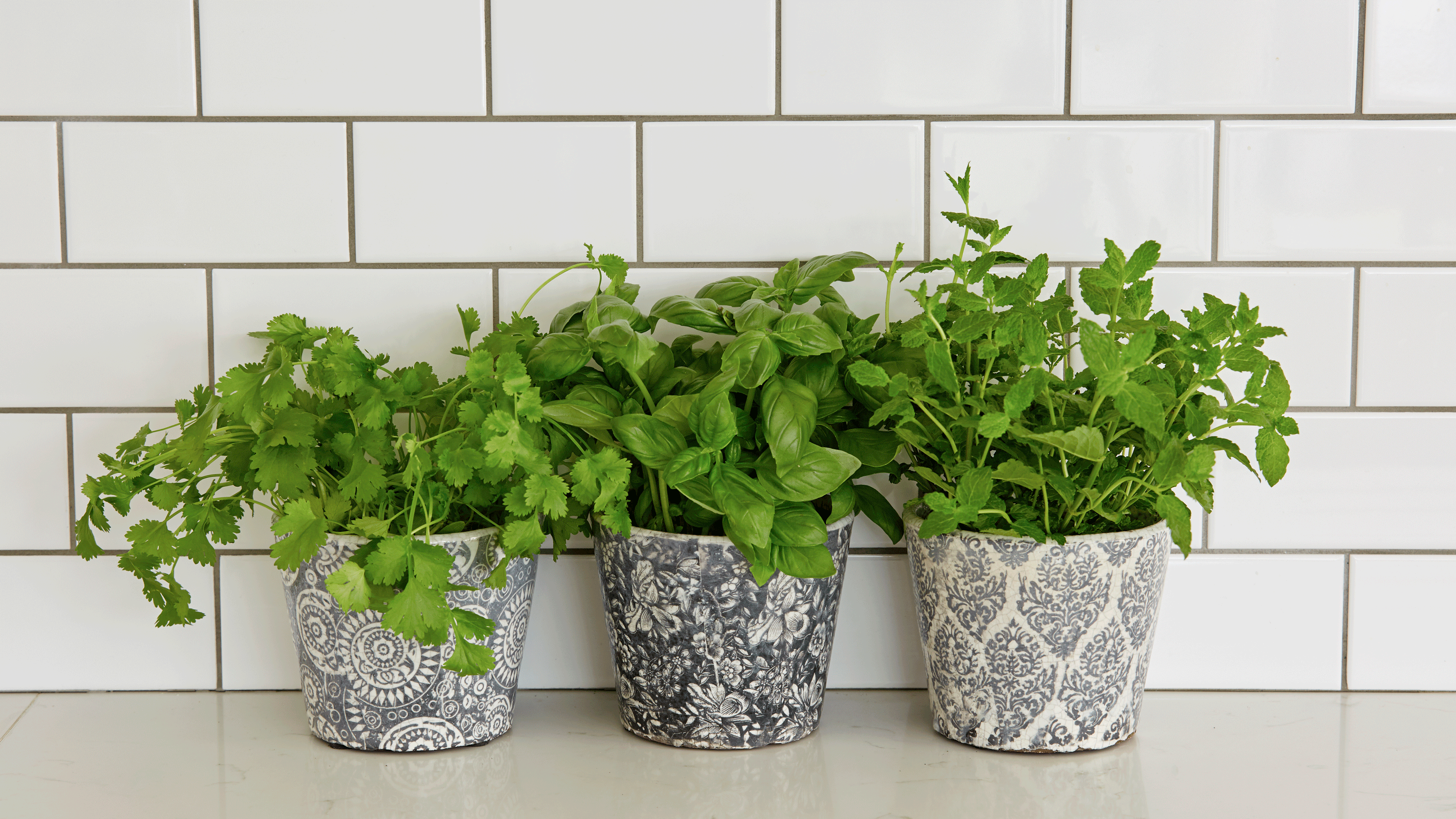

If you’re looking for tips and tricks on how to keep supermarket herbs alive, there’s a high chance that you’ve already been burned by the supermarket curse. But what is the supermarket curse, we hear you ask? This curse makes sure that every supermarket herb plant dies almost as soon as you get it home.
Yes, while the idea of buying fresh herbs for a kitchen counter herb garden idea or mojito Monday sounds much better than buying the dried alternative, the dream is often better than the reality. Supermarket herbs are almost impossible to keep alive, and within just a few days, your dreams of keeping your shop-bought basil alive are thwarted when you’re forced to dump the dead plants on the compost heap.
But you’ll be happy to know that you don’t have to settle for second best. After talking to experts, we’ve discovered that supermarket herbs are setting you up for failure before you even begin. All is not lost, though. If you follow these easy steps, you’ll have a constant supply of fresh herbs in no time.
How to keep supermarket herbs alive
‘You can buy potted herbs from the supermarket, and with a bit of TLC, they should thrive at home,’ says gardening expert Sally Allsop from All That Grows. However, the worst thing you can do is to assume that the supermarket has prepared these herbs for the life they need. If you want to keep supermarket herbs alive, you need to follow this step-by-step method. And don’t worry; it’s foolproof.
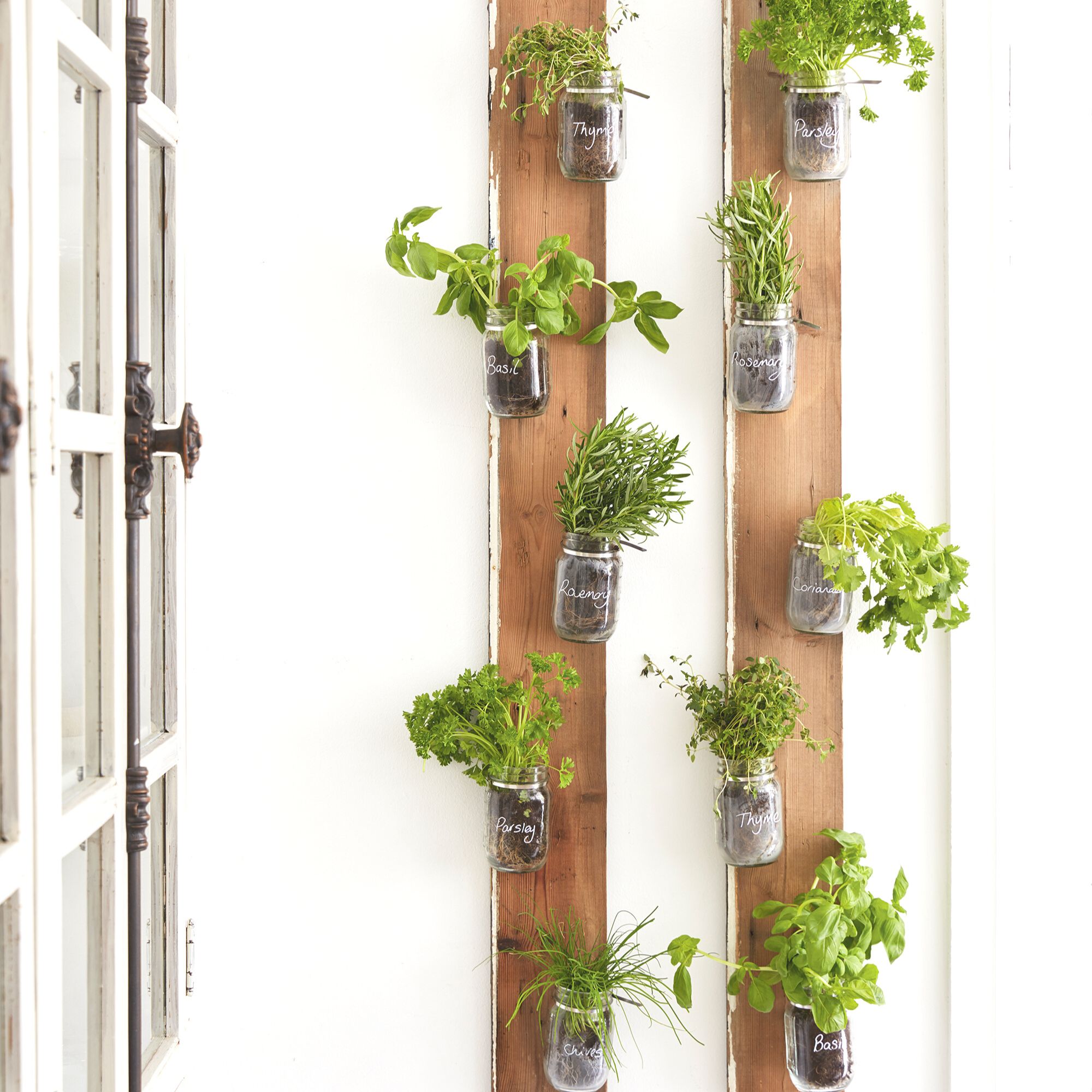
What you’ll need
- Healthy supermarket herb plant
- Pots with drainage holes - like this 3-piece Indoor Herb Planter
- Watering can - like this Ward Enterprises Watering Can
- Well-draining soil - like this Miracle-Gro All-Purpose Compost
- Fertiliser - like this Baby Bio Herb Food
Step-by-Step
1. Choose the right herbs
Most supermarkets stock a wide variety of herb plants. And while it’s easy to grab the fresh alternatives to the dried herbs you love and use on a regular basis, it’s important to choose the right herbs for home growing - especially if you want to avoid these herb garden mistakes.
For starters, you need to make sure that the herb plants look healthy. If you buy a plant that has discoloured leaves or broken stems, you’re going to fall at the first hurdle. So, keep an eye out for plants that are vibrant in colour and have leaves that stand to attention, as these are the healthiest.
Another thing to take note of is the stems of the plant. Herbs such as oregano, thyme, coriander and parsley have long stems that become tangled if they’re overgrown and have been planted in the wrong pot (which is very common in supermarket herbs, but we’ll get to that soon). De-tangling them at home could affect their growth, so it’s best to avoid herb plants that look too tangled.
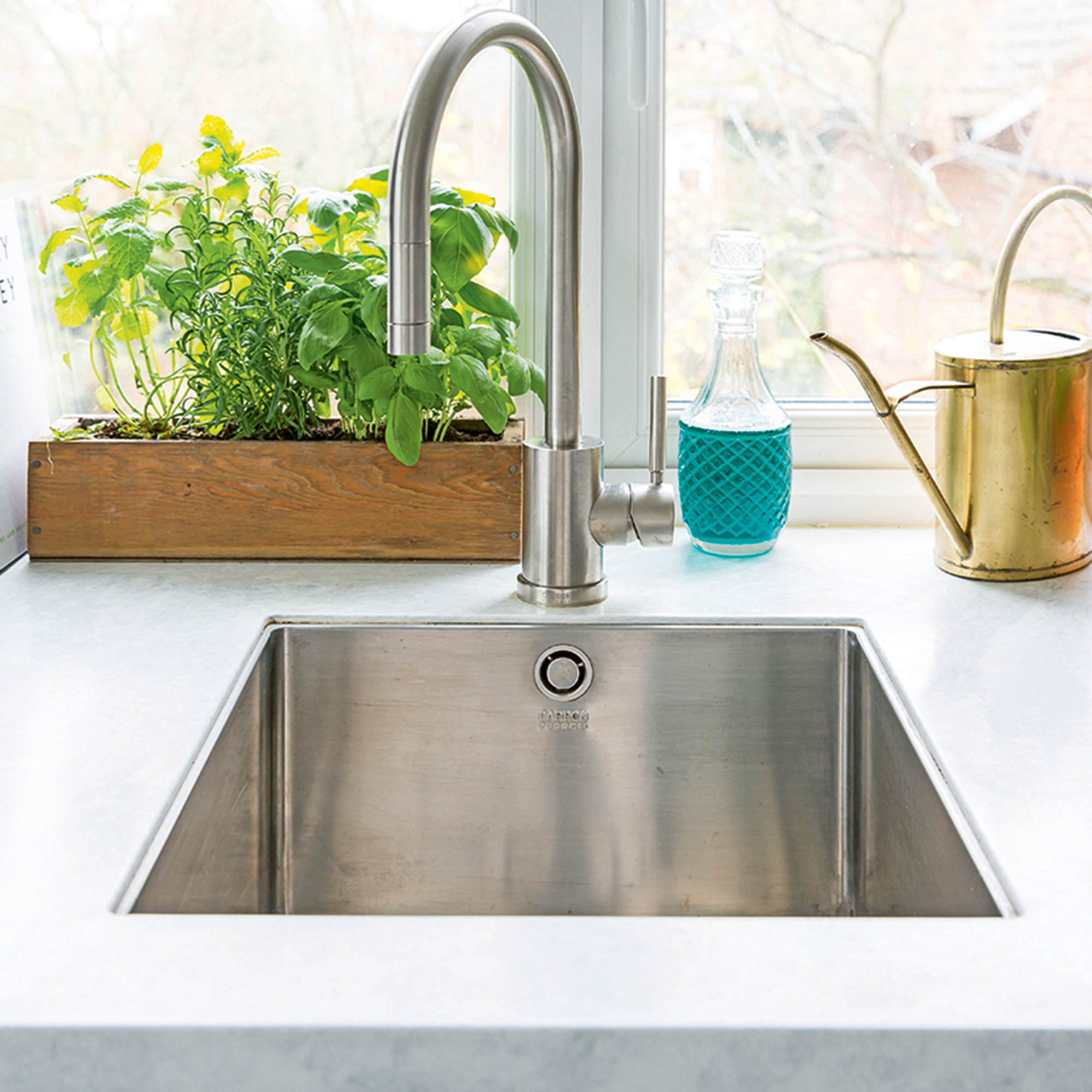
2. Divide them up
One thing you might not know about supermarket herbs is that there’s so much more to them than meets the eye. Quite literally. ‘Many supermarket herbs are made up of many plants (not just 1 basil, for example!), and they're really crowded, so dividing and potting on is the best way to prolong their life,’ says Lucy from HowToHouseplant.
Because of this, you need to divide up these plants before you do anything else. To do this, simply water the herb plant and then give the supermarket pot a little squeeze. This will loosen up the roots, allowing you to then slide the plant out of the pot and pull the roots apart.
Depending on the size of your supermarket herb plant, you should be able to get around 3 or 4 good-sized clumps that you can then repot and grow in suitably sized containers.
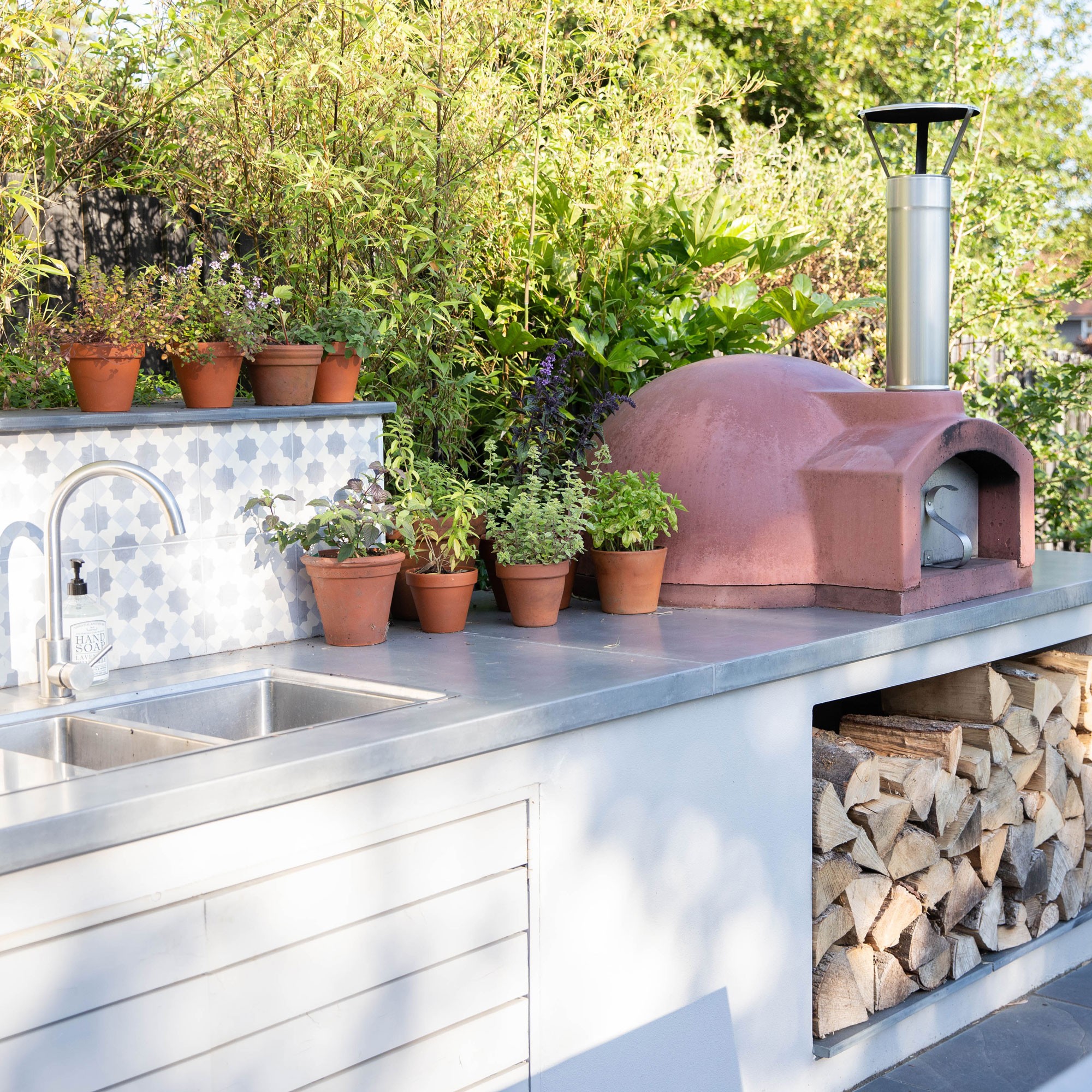
3. Repot or plant the herbs
There are so many amazing herb planter ideas out there, which means that it’s never been easier to keep supermarket herbs alive. However, these fresh plants are almost always in an unsuitable pot or container. ‘The ones that they come in are much too small for proper root growth,’ says Allsop.
But that’s not the only reason you need to repot your fresh herb plants. Lucy explains, ‘Most herbs you receive from the supermarket have had the same soil for several weeks - and so the nutritional value left within will be minimal at best.’
So, when you’ve decided whether you want to create a herb planter, grow a windowsill herb garden, or plant your herbs in your garden bed, you need to make sure that your herbs have enough space to grow, and are planted with the right soil. This would be well-draining, fertile soil, with extra organic matter if possible.
4. Tend to your herbs
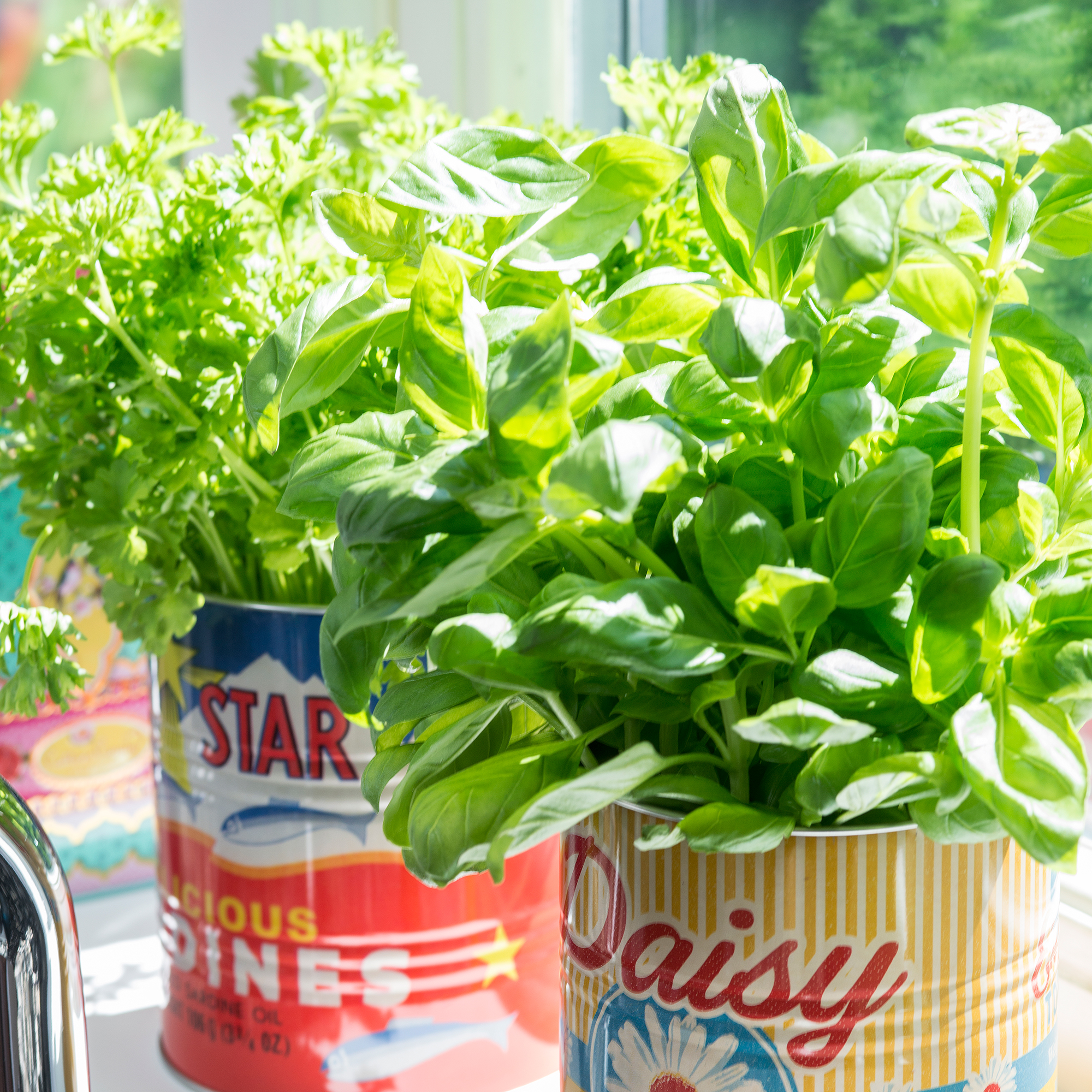
If you want a constant supply of fresh herbs that you can use time and time again, it’s important to care for them properly. First, take a look at the packaging your supermarket herbs came in. ‘Check the provided plant care information,’ says Allsop. ‘However, this may be limited, so you may have to do some research to see what conditions are best for your herb variety.’
Generally, though, fresh herbs prefer to live somewhere the temperature can be guaranteed. Fluctuating temperatures can cause unnecessary stress, so a fairly sunny spot away from radiators or air conditioning will work wonders for its growth. In fact, herbs love sunny windowsills.
And when it comes to watering and fertilising, fresh herbs are like most plants. While they like to be watered when the soil is dry, they shouldn’t be overwatered, or you risk killing the plants. ‘They shouldn’t need much in the way of fertiliser, either,’ says Allsop. But having some on hand to use every now and then wouldn’t go amiss.
5. Harvest them correctly
If you get to the point where you have a thriving plant and want to harvest your supermarket herbs, you probably think that all of the hard work is over. However, harvesting your herbs incorrectly could have disastrous effects and ultimately kill your fresh herbs if you’re not careful.
‘When you do harvest some of the herbs, try to do so sparingly so that you don’t stress the plant. This way, they will continue to grow and thrive, giving you fresh herbs on demand,’ explains Allsop.
It’s also a good idea to research the plant you want to harvest before doing so. When harvesting basil and mint, you should only harvest the tips. However, if you want to harvest coriander and parsley, it’s best to remove them from the stem.
Remember, you can also freeze your fresh herbs if you find yourself with too much.
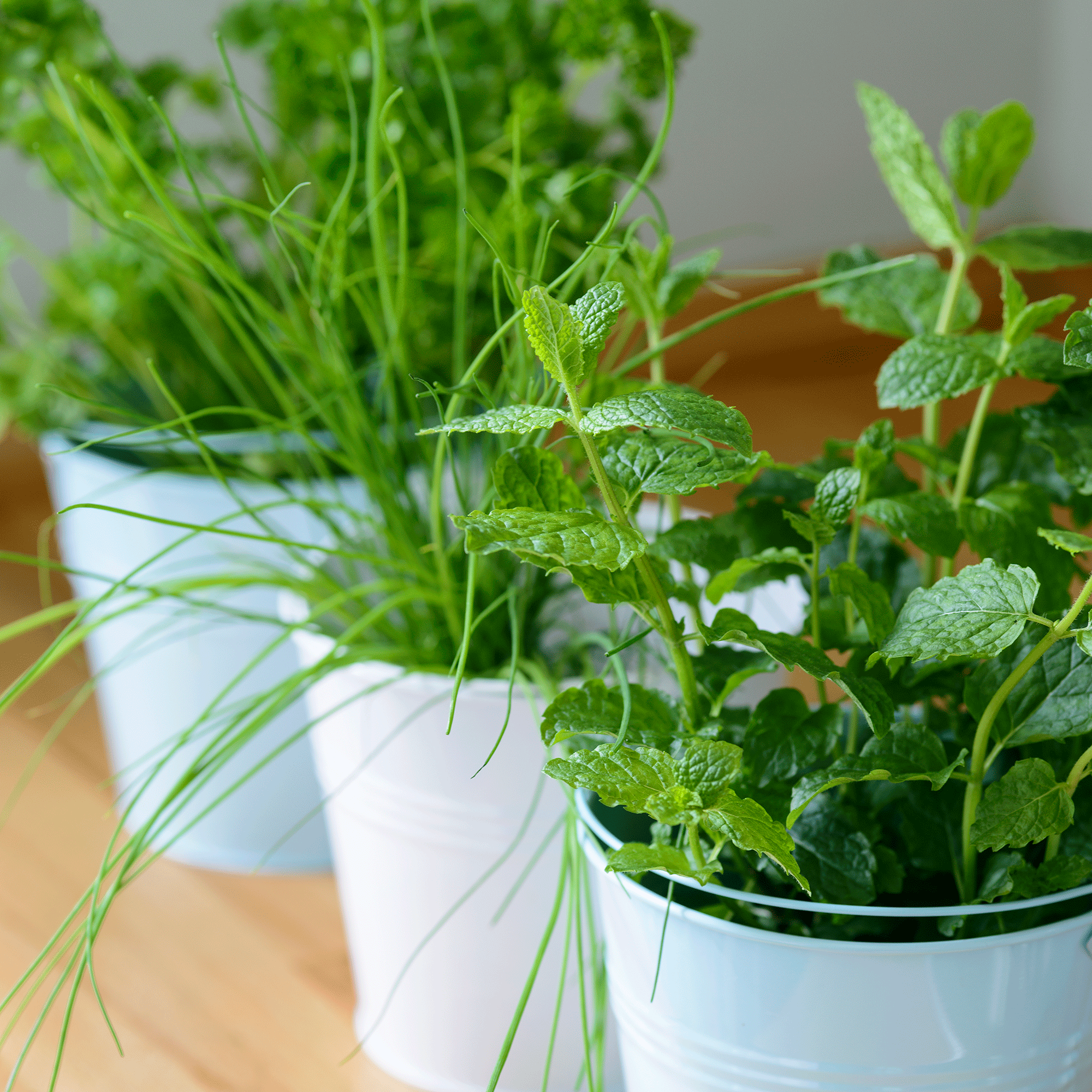
FAQs
Why do my supermarket herbs keep dying?
If your supermarket herbs keep dying, it’s highly likely that the plant itself needs to be repotted. Supermarkets normally plant herbs in pots that are way too small, which causes the roots to become root-bound.
This means that they lack the proper space, nutrition, and water to survive. By repotting supermarket herbs in bigger pots with fertile soil, you should be able to maintain a thriving herb plant.
How do you keep supermarket herbs fresh?
First things first, you want to repot your supermarket herbs into a bigger pot with fertile soil. When you’ve done this, you can focus on general maintenance of your herb plant.
Water it when it’s dry, fertilise it every so often, and ensure that it’s in an environment conducive to growth. If possible, keep potted supermarket herbs on the windowsill, as they love warm, sunny spots.
Get the Ideal Home Newsletter
Sign up to our newsletter for style and decor inspiration, house makeovers, project advice and more.

Lauren Bradbury has been the Content Editor for the House Manual section since January 2025 but worked with the team as a freelancer for a year and a half before that. She graduated with a Bachelor’s degree in English and Creative Writing from the University of Chichester in 2016. Then, she dipped her toe into the world of content writing, primarily focusing on home content. After years of agency work, she decided to take the plunge and become a full-time freelancer for online publications, including Real Homes and Ideal Home, before taking on this permanent role. Now, she spends her days searching for the best decluttering and cleaning hacks and creating handy how-to guides for homeowners and renters alike, as well as testing vacuums as part of her role as the Ideal Home Certified Expert in Training on Vacuums, having spent over 110 hours testing different vacuum models to date!
-
 Moving from the city to the country transformed this family's life
Moving from the city to the country transformed this family's lifeA sympathetic restoration and a modern extension have given this period property a new start as a practical family home
By Louise O'Bryan
-
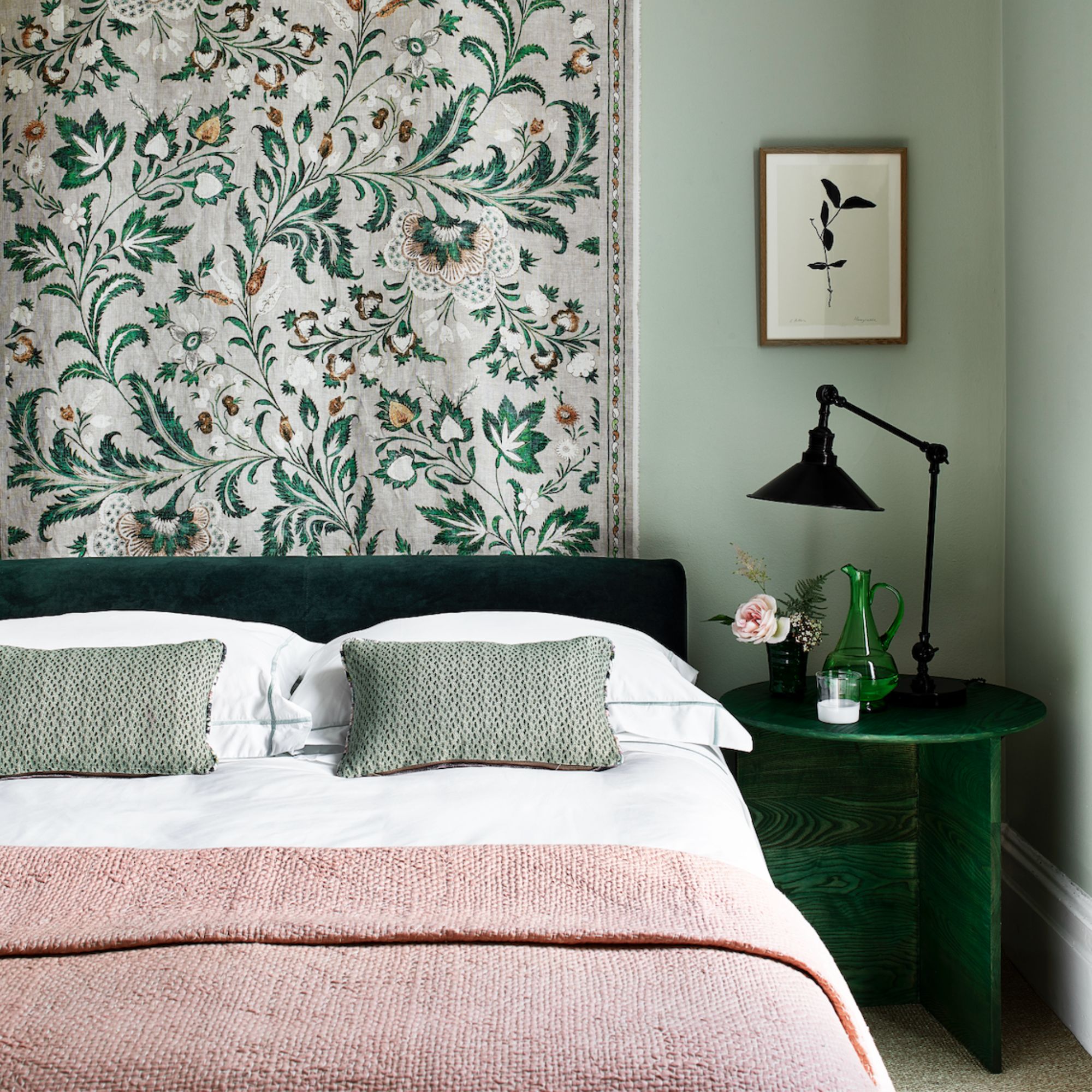 Sorry florals, botanical patterns are trending for 2025 – interior experts share the best ways to make them work in your home
Sorry florals, botanical patterns are trending for 2025 – interior experts share the best ways to make them work in your homeEmbrace bold blooms in your scheme
By Maddie Balcombe
-
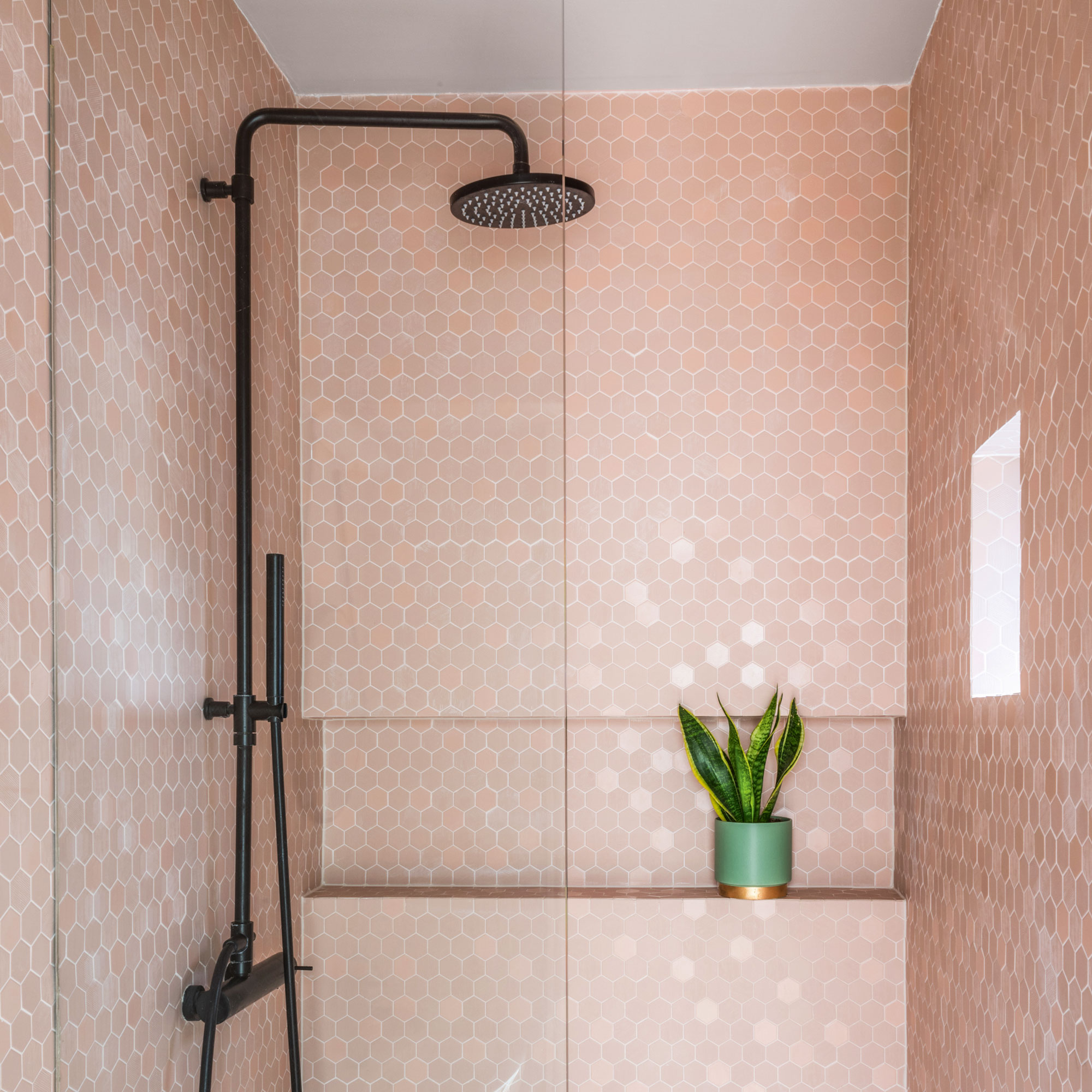 Are rainfall shower heads out of style in 2025? These 3 alternatives could be the next best thing
Are rainfall shower heads out of style in 2025? These 3 alternatives could be the next best thingIt could be time to try something new
By Holly Cockburn